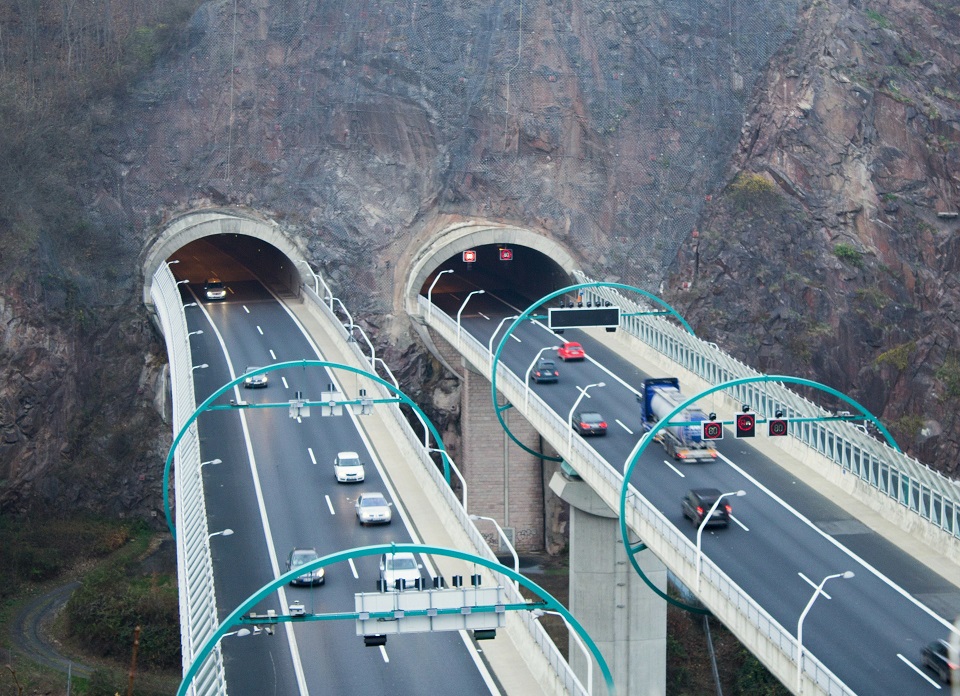
The Autobahn is not just a network of highways but a historical artifact that reflects Germany’s past from the industrial age to modern times. This article traces the evolution of the Autobahn, debunking common myths about its origins and highlighting key historical milestones that contributed to its current status as an icon of automotive freedom and engineering excellence.
Pre-War Beginnings:
- Early Concepts: The concept of a high-speed road network was first envisioned in the late 19th century during the industrial expansion under Chancellor Otto von Bismarck. Early automotive enthusiasts and industrialists saw the potential for roads that could support the burgeoning automobile industry.
- Weimar Republic Initiatives: The first actual Autobahn was completed in 1932 during the Weimar Republic, connecting Cologne and Bonn. This was contrary to the popular belief that the Nazis were the first to construct Autobahns.
The Nazi Era and Expansion:
- Propaganda Tool: After coming to power in 1933, Adolf Hitler adopted the idea of the Autobahn, promoting it as a major job creation project and a symbol of national pride and progress. Extensive expansion took place, forming the basis of the network we know today.
- Military and Economic Uses: The Autobahn played a crucial role during WWII, facilitating rapid movement of military resources across Germany and occupied territories.
Post-War Developments:
- Reconstruction and Modernization: After the war, the Autobahn network was further expanded and modernized during Germany’s economic miracle (Wirtschaftswunder) in the 1950s and 60s, with substantial investments to repair war damages and extend the network to integrate East and West Germany.
- Technological Innovations: Innovations in road construction, such as improved materials and engineering practices, were introduced to enhance safety and efficiency.
The Bundesautobahn Today:
- Unified Network: Following the reunification of Germany in 1990, the Eastern segments were extensively renovated to meet Western standards, resulting in a truly national network.
- Global Influence: The Autobahn has influenced highway systems worldwide, setting standards for highway design and traffic management.
The history of the Autobahn is a testament to Germany’s resilience and innovation. From its early beginnings to its current status as a marvel of engineering, the Autobahn has evolved alongside the nation, reflecting changes in technology, politics, and society. Understanding its history allows us to appreciate not just the road under our wheels but also the journey Germany has undertaken through the centuries.
Related articles:
The German Autobahn: Facts and Myths
Why Do Germans Love Their Cars? A Cultural Deep Dive
Engineering the Autobahn
Eco-Friendly Initiatives on the Autobahn
Touring Germany via the Autobahn
The Future of the Autobahn
The Economic Impact of the Autobahn
Comparing the Autobahn to Other Highways
Speed Limit Debates on the Autobahn







